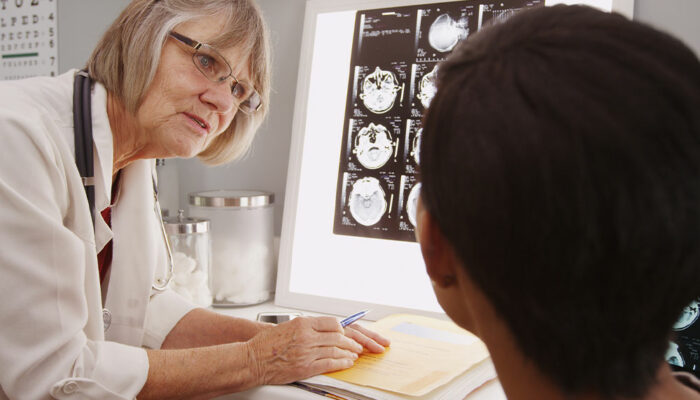
health
10 uncommon signs of dehydration explained
Over 75% of the human body is made up of water. And every day, the body loses fluids that must be replenished by simply drinking water or fluids. Water is critical for maintaining electrolyte balance, promoting blood circulation, and even helping the body flush out toxins through urination. If the fluids are not replenished as and when required, it increases the risk of dehydration. Here are unusual signs of dehydration one must be aware of. Dark urine Water helps flush out toxins from the body, where the kidneys purify the blood and evacuate fluids via the bladder. Regular urine is usually pale yellow or a lighter shade in color. But if one notices a darker shade of urine, it is indicative that the body requires more water to enable this process. Similarly, the frequency of urination can also indicate severe dehydration. If the person is not passing urine at all, it is a worrying sign of dehydration that should not be ignored. Dryness of the skin Drinking water helps the skin remain more supple. However, reduced water intake can affect this elasticity causing the skin to become dry and extremely rippled. Doctors advise taking a pinch test to see if the skin bounces back into its original texture after a quick pinch.
Read More 













